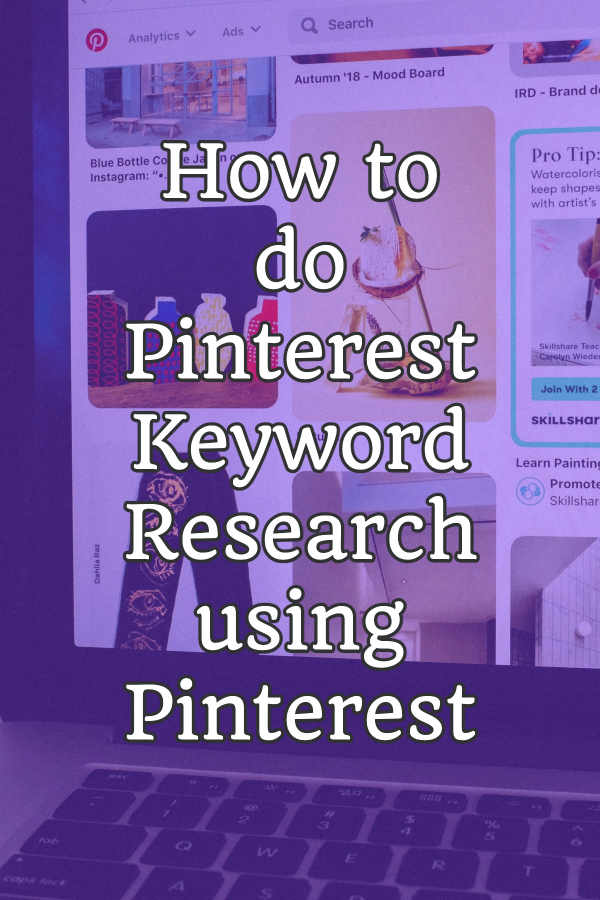Pinterest has long been known as a platform that can help brands and creators drive evergreen traffic. Getting such results on Pinterest really depends on your overall content optimization and ensuring that you leverage relevant keywords in your content and throughout your account.
In this blog post, we’ll cover how to do Pinterest keyword research and how to optimize your account and content with keywords.

Keyword Research Tools on Pinterest
While there are many tools that can support your keyword research, including keyword research that you do for Pinterest, you can use Pinterest to find the best possible keywords for your brand.
The Pinterest search bar can give you a surface-level look at what users are searching for. This is where you will start to enter your keyphrases and see what comes up. You can then browse the content and see if any of the keywords used could be relevant to your ideal audience. This particular technique is also great for when you are doing competitor research.
You then have Pinterest trends, where you can search for keywords and trends in specific regions. This is useful for doing ongoing keyword research to see if there is anything up and coming that you should be using. What’s great about being able to filter by region is that it allows you to narrow down the keywords trending in your target demographic’s regions.
You also have access to the keywords tool in the ads manager. This tool is quite advanced and will even give you the monthly search volume for each of these keywords.
Another great resource by Pinterest to help you plan for future keywords and identify trends is the Pinterest Predicts Report. This report is released yearly, and most of their predictions come true. If you’ve never used this resource, we highly recommend it.
Finding the Best Possible Keywords
With any keyword research efforts, it’s important to understand your audience and their customer journey so that you have the best possible idea of what they would be searching for in order to find your products and services.
With that being said, you’ve likely done this already, but it’s important to do audience research and competitor research and have a deep understanding of who your ideal client is. Semi-fictional avatars are not likely going to cut it. It’s best to speak to current and past customers or to invite anyone who may be a potential client to help you gain valuable insights.
Once you start using keywords in your content, you’ll want to review your analytics on a regular basis to see what content seems to perform the best. You’ll also want to repeat your keyword research on a regular basis to ensure that you identify new up-and-coming keywords.

Optimizing Your Account & Pinterest Content With Keywords
You have keywords; now what? In order to have the best possible experience, you’ll want to implement the following tips.
- Ensure that your “display name” includes a keyword.
- Each of your pins should have a keyword in the title and some relevant keywords in the pin descriptions.
- You should include relevant titles and keywords as text overlay on your creatives.
- Your board names should include at least one keyword. Your board description should include some relevant keywords.
- Avoid keyword stuffing. It’s ok to use multiple keywords, but your audience should understand the context of your content. If using too many keywords takes away the meaning of your content, it’s time to take a step back.
Now that you have a better understanding of Pinterest keywords, it’s time to put what you have learned into practice and start experiencing more Pinterest traffic.


Leave a Reply